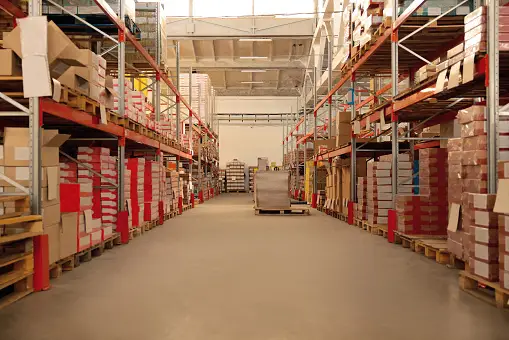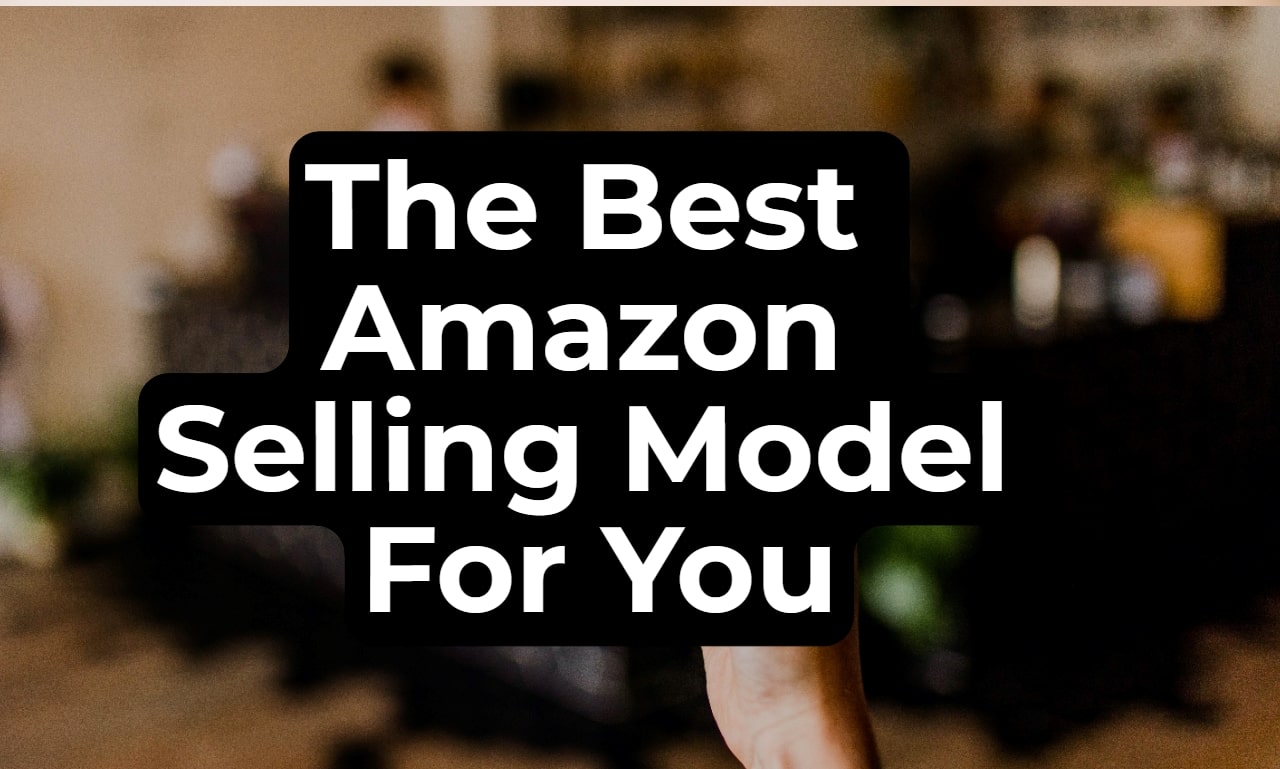Amazon serves as a lucrative platform for entrepreneurs seeking to capitalize on its immense market reach. Yet, navigating the multitude of selling approaches can be daunting. The ideal selling model for you hinges on your unique circumstances and aspirations.
Within the confines of this article, we shall delve into three of Amazon’s most prominent selling models: retail arbitrage, wholesale, and private label.
This exploration will dissect the advantages and drawbacks inherent to each model. We will ultimately guiding you towards the model that aligns best with your objectives.
There are three primary models that numerous Amazon sellers employ to generate profits on the platform:
1. Retail Arbitrage

Retail arbitrage is a straightforward yet effective model. It involves capitalizing on price differentials to create profit opportunities.
In this approach, you venture out to identify products available at lower prices in retail stores or through wholesalers.
Once acquired, you resell these products on Amazon at higher price points. However, a crucial prerequisite is that the product must already be listed and selling for a higher price on Amazon.
For example, consider a scenario where a pair of Nike shoes is priced at €8 in a local supermarket but listed at €15 on Amazon. By purchasing these shoes and subsequently listing them on Amazon, you stand to profit €7 per unit.
The most significant advantage of retail arbitrage lies in its profit potential. If you can consistently locate products with substantial markups on Amazon, this model can be highly lucrative.
Read more on retail arbitrage here.
Pros of Retail Arbitrage:
– Attractive profit margins
– No need to create new product listings
– Low initial startup costs
– Relatively straightforward for beginners
Cons of Retail Arbitrage:
– Increased competition
– Time-intensive sourcing of products
– Typically involves one-off deals
2. The Wholesale Model

The wholesale model akin to retail arbitrage in some aspects, offers a distinct approach to Amazon selling.
Instead of scouring retail stores for individual products, wholesale sellers buy in larger quantities directly from manufacturers or authorized distributors, holding the authorization to sell these products. This model hinges on selling products that already have listings on Amazon’s marketplace.
To venture into wholesale selling on Amazon, it’s imperative that the product you intend to sell is already listed on the platform.
Once you’ve established a supplier relationship and negotiated a wholesale agreement, this model can become a profitable avenue.
However, it’s crucial to undertake thorough research and due diligence before sourcing products, as the wholesale model presents its own set of challenges that differ from retail arbitrage.
Key considerations when engaging in wholesale selling include
1. Product Attributes: Assess product pricing, quality, and suitability for the Amazon marketplace. Ensure that the products meet Amazon’s guidelines and have the potential to attract buyers.
2. Supplier Terms: Examine the terms of your agreement with suppliers. Understand pricing structures, minimum order quantities, and payment terms. Clear communication and a strong relationship with suppliers are essential.
3. Shipping Costs: Calculate shipping costs accurately to determine the impact on your profit margins. Efficient logistics and cost management are pivotal in the wholesale model.
Pros of the Wholesale Model:
– No Need for Advertising: Unlike private label sellers, wholesale sellers often rely on existing product listings, reducing the need for extensive advertising.
– Products Are Already Listed: You don’t need to create new listings; you can leverage existing listings for the products you sell.
– Access to Multiple Products: Wholesale sellers have access to a diverse range of products, allowing for scalability.
Cons of the Wholesale Model:
– High Competition: The wholesale market on Amazon can be fiercely competitive, potentially leading to narrower profit margins.
– Low Profit Margins: Due to increased competition, profit margins may be slimmer compared to other models.
– Amazon Charges: Be aware of Amazon’s fees, which can impact your overall profitability.
– Time-Consuming: Finding and establishing partnerships with reliable suppliers can be time-consuming.
– Minimum Orders: Some manufacturers may impose minimum order requirements for their products, which could affect your initial investment.
Read more on the wholesale method here.
3. The Private Label model
The private label model represents the most intricate among the three Amazon selling models, yet it holds the potential for unparalleled profitability.
This approach centers on creating your unique brand of products and introducing them to the Amazon marketplace.
Under the private label model, your products are meticulously differentiated by incorporating your logo, unique quality, or distinctive design, providing you with absolute control over the product and brand.
One of the standout advantages of the private label model is that you are the exclusive seller of your branded products on Amazon.
This lack of competition allows you to establish pricing and maintain profit margins with greater ease, as there are no competing sellers driving down prices.
However, it’s essential to acknowledge that the private label model also presents substantial challenges. Here are some key considerations:
1. Upfront Investment: Launching a private label product line entails significant upfront investments. You’ll need to invest in product development, branding, manufacturing, and marketing.
2. Time Investment: Building a successful private label brand on Amazon is a long-term endeavor. It typically takes time to gain traction and build a loyal customer base.
3. Advertising: Unlike the wholesale model, where products may rely on existing listings, private label sellers often need to invest heavily in advertising and marketing to establish their brand and attract customers.
Pros of the Private Label Model
– Exclusivity: You are the sole seller of your branded products on Amazon, minimizing competition.
– Higher Profit Margins: With control over pricing and branding, you can achieve higher profit margins.
– Full Listing Control: You have complete control over the product listings, enabling you to optimize them for maximum visibility.
Cons of the Private Label Model
– Advertising Investment: Building brand recognition and attracting customers often require substantial advertising expenditures.
– Longer Time to Profit: It may take time to see significant profits as you establish your brand and customer base.
The private label model is a robust strategy for those willing to commit to the long-term vision of building a brand. Success in this model hinges on product differentiation, effective marketing, and a well-executed business strategy. While it demands substantial resources and patience, the potential for high profit margins and brand ownership can be a rewarding endeavor for dedicated entrepreneurs.
How Much Do You Need To Get Started On Any Of These Models?

This is where it gets tricky. Making money from Amazon will require your patience and commitment.
One may have the mindset of getting into this and start to see profits immediately but unfortunately, it doesn’t work that way. A pretty piece of advice is to reinvest your profit rather than having them at your beginning level.
A good recommendation for choosing any of the selling models is a startup capital of around $6000 to $7000. It is good to have a game plan. Understand Amazon, how the market works and what people need. Amazon is better described as a journey rather than a get-rich-soon scheme.
Overall, every model is profitable, simple, and can also be complicated and requires your understanding and patience to make adequate profit.
Go through step by step; come from the wholesale method to getting a private label. You will thrive better in the market selling solutions rather than products.
Which Model Is Right for You?
The best Amazon selling model for you will depend on your individual circumstances and goals. If you are looking for a quick and easy way to make money, retail arbitrage may be a good option for you.
If you are willing to put in more work and invest more money, the wholesale or private label models may be a better fit.
In conclusion, no matter which model you choose, it is important to do your research and understand the risks involved. With careful planning and execution, you can be successful on Amazon no matter which model you choose.
